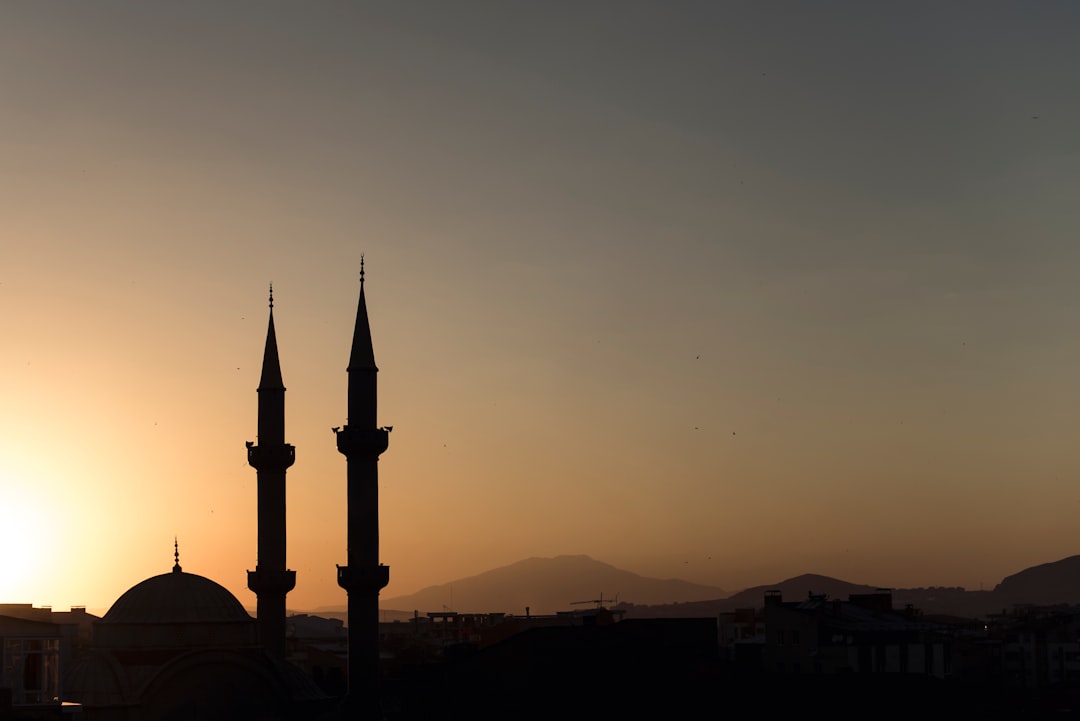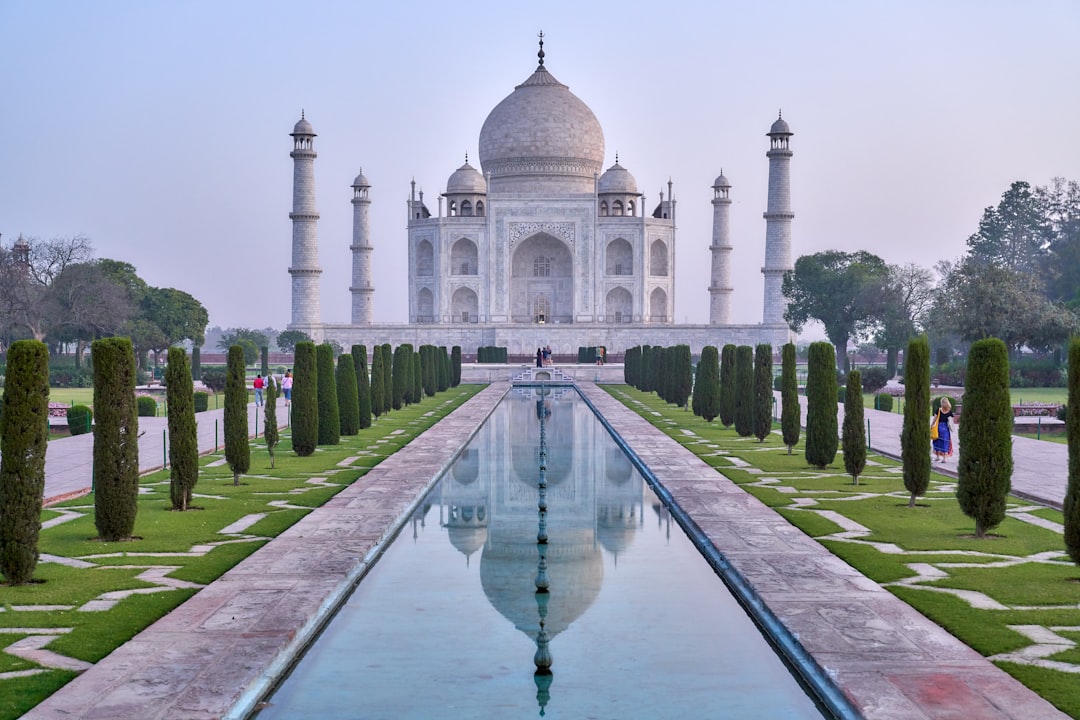The Safavid Dynasty (1501–1736) was one of the most influential and transformative periods in Iranian history. Emerging from the turbulent political landscape of the late medieval Islamic world, the Safavids not only established one of the greatest empires in Iran’s history but also laid the groundwork for the development of modern Iranian art, architecture, and national identity. The dynasty's impact continues to reverberate in contemporary Iran, and its legacy remains a crucial part of the nation’s cultural heritage.
In this blog post, we will explore how the Safavid Dynasty shaped Iranian art, architecture, and identity, and why their influence is still felt today.
🌟 The Rise of the Safavids: A New Era for Iran
The Safavid Empire was founded by Shah Ismail I in 1501, marking the beginning of the Safavid Dynasty. The Safavids established a Shi'a Muslim state at a time when the majority of the Islamic world was Sunni. This bold religious shift had a profound impact on the culture and identity of Iran, transforming the country into the heartland of Shi'ism.
Under the Safavids, Iran emerged as a powerful political and cultural center, engaging in significant interactions with neighboring empires such as the Ottoman Turks and the Mughal Empire. The Safavids also promoted the Persian language and culture, which set the stage for the flourishing of Persian arts and crafts. The legacy of this period in Iranian identity continues to be felt today, particularly in the pride Iranians take in their Shi'a faith, Persian language, and artistic traditions.
🎨 The Golden Age of Persian Art
Under the Safavids, Iran entered a cultural golden age that saw the flourishing of the arts across various forms, from painting and textiles to ceramics and calligraphy. The Safavids nurtured a unique fusion of Persian, Ottoman, and Mughal artistic styles, creating a distinct and internationally influential form of art.
Miniature Painting and the School of Isfahan
One of the most notable developments in Safavid art was the rise of Persian miniature painting, particularly during the reign of Shah Abbas I (1588–1629). The Safavid court in Isfahan became a vibrant center for artistic expression, with the city’s artists and workshops producing some of the most exquisite miniatures in Persian history. These small-scale, highly detailed paintings depicted historical events, court life, and religious scenes, as well as themes from Persian literature such as the Shahnameh (The Book of Kings).
The Isfahan School of Painting was a dominant force in the world of Persian art, producing paintings that were renowned for their precision, intricate detail, and vibrant colors. This art form was highly valued by the Safavid elite and sought by collectors across the world. Safavid miniature artists achieved a level of sophistication in their work that would influence generations of artists in Iran and beyond.
Persian Carpets and Textiles
The Safavids also played a major role in the development of Persian carpets and textiles. During the reign of Shah Abbas, Isfahan became a hub for the production of luxurious carpets, which were highly prized both domestically and internationally. Persian carpets from this period are still considered some of the finest in the world, characterized by their intricate patterns, rich colors, and high-quality craftsmanship.
Persian textiles, including brocades and velvets, flourished under the Safavids as well, with patterns often featuring floral motifs, geometric designs, and depictions of courtly life. These textiles were widely traded and were coveted by elites in Europe, Asia, and the Ottoman Empire.
🏛️ Safavid Architecture: The Jewel of Isfahan
Safavid architecture is another area where the dynasty’s influence continues to shine brightly, especially in Isfahan, the capital of the empire during the reign of Shah Abbas I. The Safavid rulers made significant contributions to the urban development and architectural landscape of the city, turning it into one of the most magnificent and influential cities in the world during the early modern period.
The Shah Mosque and the Naqsh-e Jahan Square
One of the crowning achievements of Safavid architecture is the Naqsh-e Jahan Square in Isfahan. Designed as a vast public square surrounded by magnificent buildings, the square is home to some of the finest examples of Safavid-era architecture, including the Shah Mosque (now known as the Imam Mosque), the Ali Qapu Palace, and the Sheikh Lotfollah Mosque.
The Shah Mosque, with its intricate tilework, massive domes, and beautiful calligraphy, stands as a testament to Safavid architectural ingenuity. Its design is a harmonious blend of Islamic and Persian architectural traditions, with soaring minarets, an expansive prayer hall, and a large central courtyard. The Ali Qapu Palace, with its stunning muqarnas ceilings and expansive balcony overlooking the square, embodies the splendor and grandeur of Safavid court life.
The Chehel Sotoun Palace
Another remarkable example of Safavid architecture is the Chehel Sotoun Palace, built by Shah Abbas I as a royal retreat. Its name, meaning "Forty Columns," refers to the reflection of the palace’s columns in the water of the surrounding pool, creating the illusion of forty columns. The palace’s exquisite frescoes and tilework depict historical events and scenes of court life, reflecting the aesthetic tastes of the Safavid elite.
The legacy of Safavid architecture is still evident in modern Iran, as many of the designs, patterns, and motifs developed during this era continue to influence contemporary architectural styles in the country.
🧳 The Shaping of Iranian Identity
The Safavid period was pivotal in the development of modern Iranian identity. The dynasty’s promotion of Shi'ism as the state religion and the establishment of Persian culture as the central force in governance laid the foundation for the Iranian national consciousness that exists today.
Shi'ism as a Unifying Force
The Safavids are credited with establishing Shi'ism as the dominant sect of Islam in Iran, a religious shift that set Iran apart from its Sunni neighbors and gave the country a distinct religious identity. This move helped consolidate Safavid power by uniting the people under a common religious banner, fostering a sense of unity that would persist through the centuries.
The Persian Language and Literature
The Safavids also played a crucial role in the promotion of the Persian language as the primary language of administration, literature, and culture. Under the Safavids, Persian became the dominant language of poetry, philosophy, and courtly affairs, further solidifying its role in shaping Iranian national identity. The era saw a resurgence in Persian literary output, with notable poets and scholars producing works that continue to be cherished today.
✨ Conclusion: The Enduring Legacy of the Safavids
The Safavid Dynasty's contributions to art, architecture, and identity have left an indelible mark on the history of Iran. From the breathtaking miniatures and Persian carpets to the awe-inspiring mosques and palaces, the Safavids created a cultural and architectural legacy that continues to shape Iran’s identity today. Their promotion of Shi'ism and the Persian language played a crucial role in defining modern Iranian culture, and their achievements in artistic expression remain a source of national pride.
As Iran continues to navigate its place in the modern world, the influence of the Safavid period remains a powerful reminder of the country’s rich cultural heritage and its enduring connection to a history of intellectual, artistic, and architectural brilliance.





